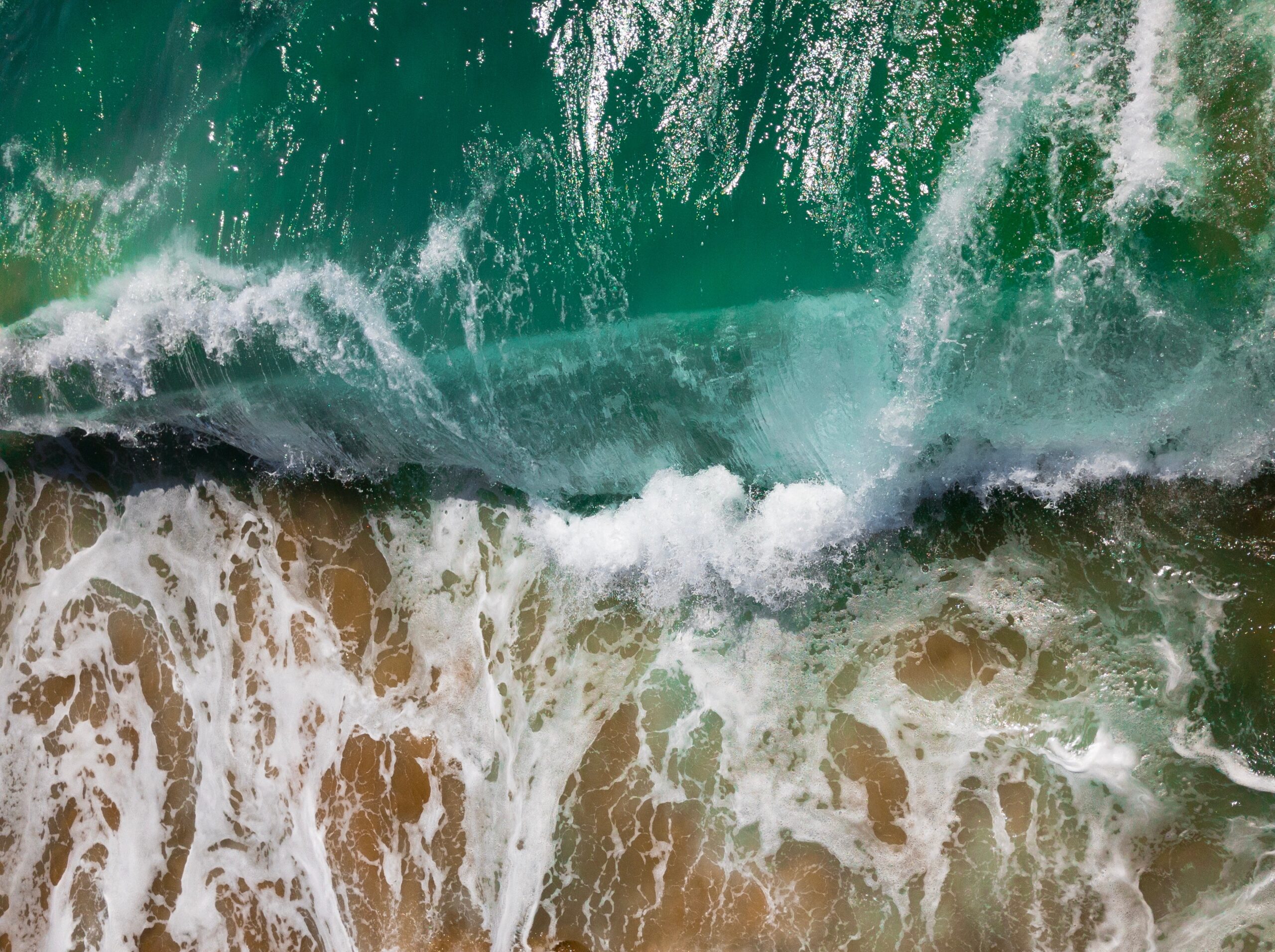In February, the Supreme Court agreed to decide whether the federal Clean Water Act regulates pollutants that migrate through groundwater. The case concerns a Maui water treatment plant, which injects treated wastewater into the ground. Recently, it was discovered that the wastewater migrated from the injection wells, to groundwater, and out to the Pacific Ocean.
Traditionally, the Clean Water Act was understood to apply to pollution that was discharged directly to a navigable water, so regulation of Maui’s discharges would be a significant expansion.
Despite granting the case, the Supreme Court may not have an opportunity to review it after all. Shortly after the grant, the parties began settlement discussions, reportedly influenced by political concern with the county becoming the focus of a case that could limit the Clean Water Act’s reach. The case was brought by a large environmental-litigation organization, which is also likely attune to the risk that the Supreme Court would rule against its clients.
Two weeks ago, settlement talks hit a snag when a county committee deadlocked, deferring further consideration of the proposed settlement indefinitely. The case won’t be argued until next fall, so there’s still time for the case to settle before the Court could decide it.
Even if the Supreme Court loses this opportunity to decide the issue, there will be no shortage of other opportunities. The theory underlying the case is controversial and has divided lower courts. And it significantly expands federal permitting authority, which the relevant federal agencies seem less than enthusiastic about. The United States has filed an amicus brief arguing the Clean Water Act does not apply and the EPA released a guidance document disclaiming any authority.
What’s all the fuss about? From the pro-regulation perspective, this is about making sure industry cannot avoid pollution limits by merely changing where it discharges. The main targets for these lawsuits are injection wells, which discharge into the ground rather than water, and coal ash heaps, which rain may wash into a covered water.
The counter-argument is that this theory makes an already hopelessly opaque regulatory regime even more so. Given that the Clean Water Act applies to all landowners, not just sophisticated industry, ordinary people must be able to apply its standards. Ideally, a farmer should be able to look at his field and know whether it is covered.
That clarity is essential for two reasons. First, it’s necessary to respect fundamental fairness. The Clean Water Act’s penalties are steep. A violator could face anywhere from 1 year to 6 years imprisonment, depending on her culpability. She could also face civil fines of $37,500 per day that she doesn’t restore her land—fines that accumulate at the rate of more than $1 million per month, more than enough to quickly bankrupt most people. Without clear guidance, such punishments—especially when applied to ordinary, innocent activity, like farming or building a home—smack of unfairness.
Second, clear environmental rules make it easier for people to conform their conduct to those rules, avoiding environmental damage in the first place. It is usually much easier and efficient to avoid environmental damage than to remediate it after the fact. Yet, unless regulation is sufficiently clear to serve as a useful guide for human action, it will depend more on ex post enforcement than ex ante compliance. Consequently, clear rules tend to promote better environmental outcomes too.
One of the benefits of free market environmentalism is that, through negotiation, it tends to produce clearer standards tailored to local concerns and needs. Crafting a pollution rule to apply to every type of pollution occurring anywhere in the country is such a difficult challenge that vagueness may be unavoidable. But this problem can be avoided where states and markets play a greater role.




